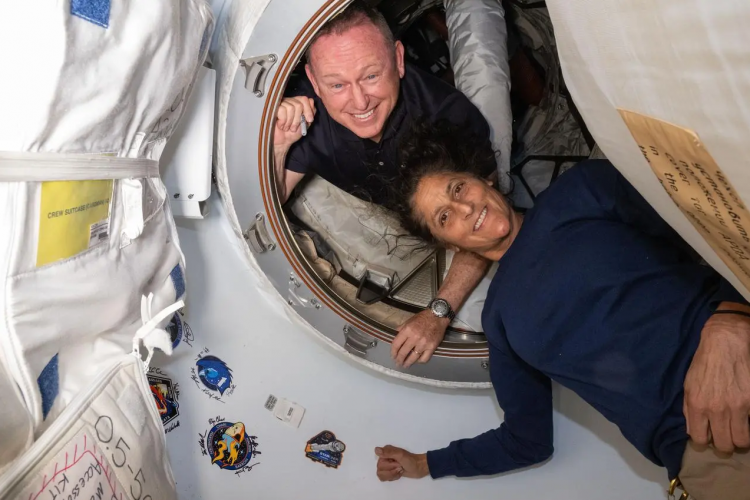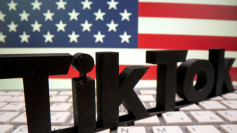NASA has decided that the two astronauts currently aboard the International Space Station (ISS) will not return to Earth on the vehicle that initially transported them. Instead, the agency announced that the spacecraft will return empty, citing unresolved safety concerns that have plagued the mission since its inception.
The decision marks a significant blow to Boeing's beleaguered Starliner program, which has faced numerous setbacks and delays over the years. Astronauts Butch Wilmore and Suni Williams, who were expected to return to Earth on the Starliner, will now be brought home by a SpaceX Crew Dragon capsule, further underscoring the challenges Boeing has encountered with its spacecraft.
"The decision to keep Butch and Suni aboard the International Space Station and bring Boeing's Starliner home uncrewed is the result of our commitment to safety: our core value and our North Star," NASA Administrator Bill Nelson stated. His comments reflect the agency's cautious approach in light of the technical issues that have emerged since the Starliner docked with the ISS in June.
The problems began shortly after the spacecraft reached the ISS, with engineers identifying helium leaks and malfunctions in several thrusters. These issues prompted an extensive review by both NASA and Boeing, with teams conducting ground tests and analyzing data to determine the safest course of action. Despite Boeing's initial confidence that the spacecraft could safely return the crew, NASA ultimately decided that the risks were too great.
Steve Stich, manager of NASA's Commercial Crew Program, emphasized the agency's rigorous approach to safety. "The NASA and Boeing teams have completed a tremendous amount of testing and analysis, and this flight test is providing critical information on Starliner's performance in space," he said. However, Stich also acknowledged that the uncertainty surrounding the spacecraft's thrusters was a significant factor in the decision to proceed with an uncrewed return.
The Starliner is scheduled to depart the ISS and return to Earth autonomously in early September, marking the third time the spacecraft has completed an uncrewed mission. If successful, this return could help Boeing salvage some credibility, but it will not change the fact that the company's development process has been fraught with difficulties.
Boeing's struggles with the Starliner program are well-documented. The spacecraft's first test mission in 2019 was marred by software errors that prevented it from docking with the ISS, forcing an early return to Earth. A second uncrewed test flight in 2022 revealed additional software problems and issues with the vehicle's thrusters, some of which have resurfaced during this crewed mission.
NASA's decision to rely on SpaceX for the astronauts' return highlights the comparative success of the Crew Dragon program, which has completed multiple crewed missions since its debut in 2020. The Crew Dragon spacecraft, already slated for a routine mission to the ISS, will now carry Wilmore and Williams back to Earth in February 2025, pushing their stay on the space station to nearly a year.
This extended mission period will allow the astronauts to continue contributing to ISS operations while Boeing works on resolving the Starliner's issues. Yet, the future of the Starliner program remains uncertain. While NASA has expressed confidence that Boeing will address the problems, the spacecraft's path to certification for regular crewed missions is far from guaranteed.
If Boeing can successfully execute the uncrewed return and make the necessary corrections, Starliner may still earn its place alongside SpaceX's Crew Dragon in NASA's Commercial Crew Program. However, if further issues arise, Boeing risks significant financial losses and damage to its reputation.
The Starliner program has already cost Boeing over $1.5 billion, with rumors circulating that the company might abandon the project altogether if the spacecraft fails to meet NASA's standards. Nelson has reiterated that Boeing's contract with NASA is a fixed-price agreement, meaning the company is responsible for covering any additional costs incurred by delays or technical issues.






